Teaching science in primary schools can be a difficult task. Unlike in secondaries, which have fully equipped labs and specialist science technicians, primary teachers have to deliver the curriculum in the same room that they teach all their other lessons and with very limited equipment on hand. Many schools, however, are finding that their playground is the ideal place to teach many aspects of the primary science curriculum and in this post, we’ll show you why.
Space to experiment
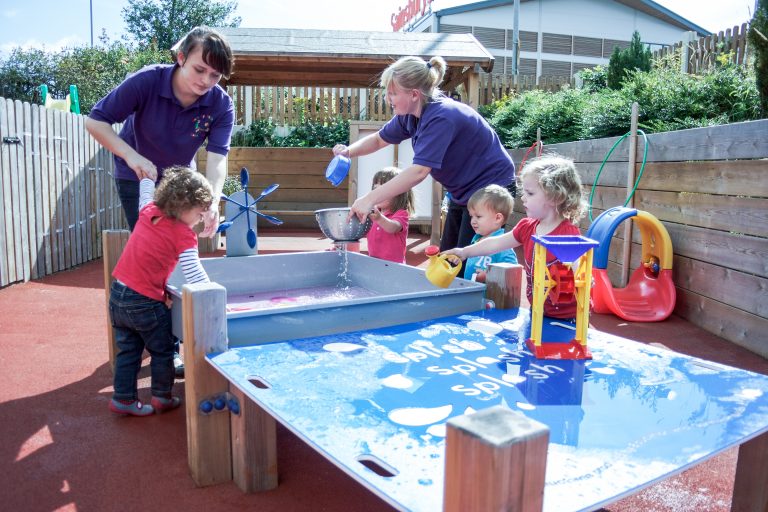
Science is one of those subjects that requires pupils to get up and move around. Children need to get involved in carrying out experiments; observing, measuring and recording things that happen. It’s hard to do that in a classroom where tables are laid out for more book and pen style learning and where space to move is limited. At the same time, science can be messy. Secondary science labs are designed for easy tidying up and quick cleaning, multi-purpose primary classrooms aren’t. They are often carpeted, which doesn’t bode well when kids are chucking soil or water around and they lack the storage space to make getting and returning equipment easy.
In the playground, however, there is much more space to carry out experiments and messy floors are not an issue. As for equipment, you can install it in the playground for the children’s use, so it is always accessible.
Setting up a science garden
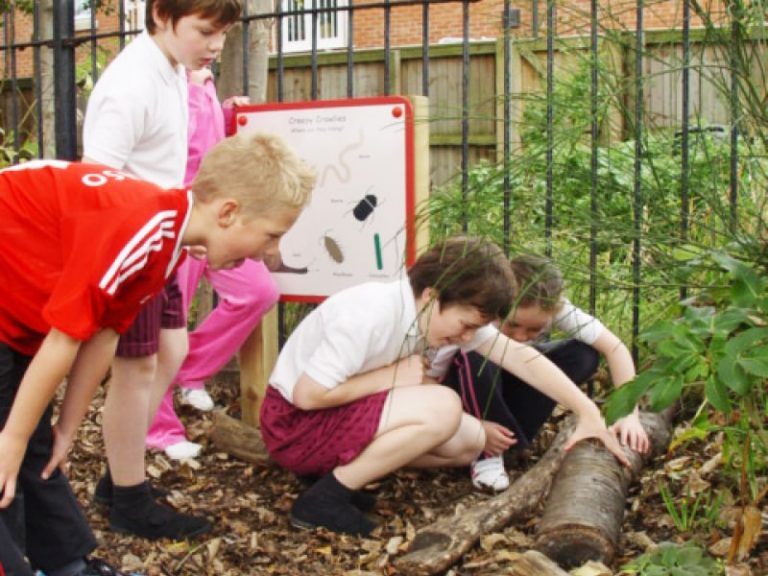
The study of plants and animals is a key focus of Key Stage 1 and 2 science and requires children to be able to identify, name and describe the structure of common plants, trees and animals; explore habitats and learn about food chains; and look at how plants grow and develop.
All these things can be done in the playground by creating a small but well-equipped science garden. Planters and trellises can be used to grow a variety of different plants for the children to study and equipment such as a discovery planter will let children see roots grow under the soil and enable them to measure plant growth. For those experiments where everyone in the class gets the chance to plant their own seed and watch it grow, a growing tree is the ideal solution as it will house everyone’s plants. You can even use a growing board to compare the growth of different species.
When it comes to learning about animals in their own environment, there’s nothing better than installing a bug house. These provide the ideal living habitats for small insects and enable children to observe them at close quarters all year round. You can go even further by adding a bird table or a ladybird tower.
When teaching children how to identify different plant and animal species, why not consider our special nature boards? With colourful illustrations and clearly printed names, our range helps identify trees, creepy crawlies, seeds and other collectables and things that fly.
Studying the weather
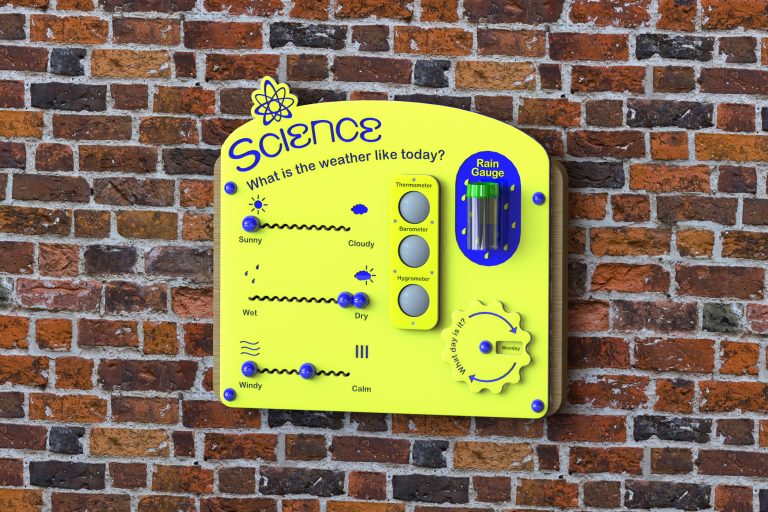
The National Curriculum requires pupils to observe and describe the change of weather over the seasons and to make tables and charts about what they find. One of the best ways to make this possible is to install a weather station in the playground. This handy piece of equipment allows children to measure rainfall, temperature, air pressure and humidity, whilst recording sunshine, precipitation and wind. Readings can be placed on an outdoor plot board which children can use to record their readings on charts.
Playground sound lab
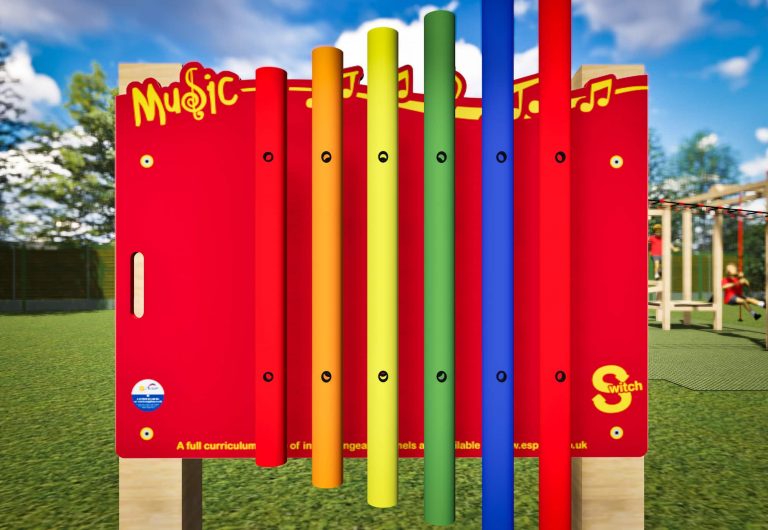
Primary pupils are expected to learn quite a lot about sound, including identifying how sounds are made; recognising that vibrations from sounds travel through a medium to the ear and get fainter over longer distances; finding patterns between the pitch of a sound and features of the object that produced it; and finding patterns between the volume and the strength of vibrations.
In the non-statutory guidance, it is recommended that these things are learnt through exploring different musical instruments. One way to enable this to happen is to create a playground sound lab by installing a range of specially designed outdoor musical instruments, such as chimes, drainpipe drums, xylophones and rain wheels. Instruments like these are easy to play and great fun, which is ideal for delivering enjoyable, though somewhat noisy, science lessons.
Other outdoor science resources
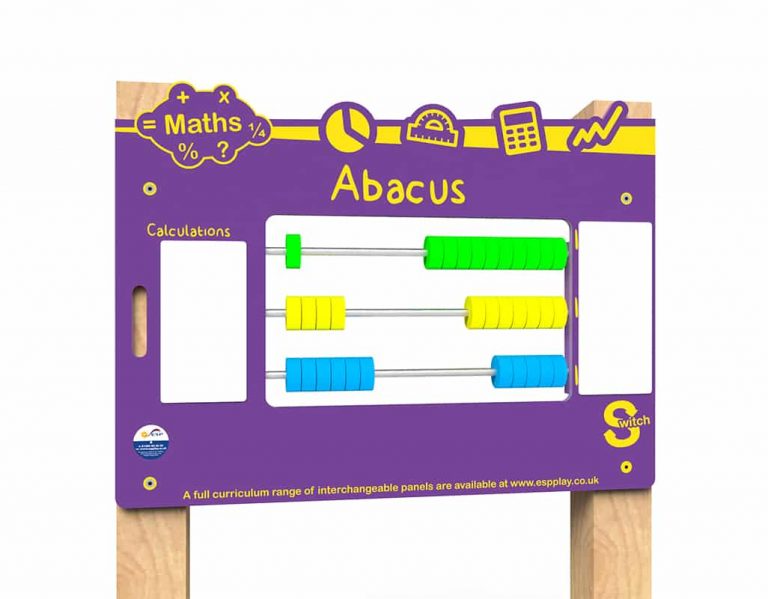
When it comes to outdoor music, drama and dance, there are times when the performers will want an audience. This could be for performing in front of friends at break, for peers during lessons or for parents in a formal production.
At ESP Play, we have the ideal selection of outdoor seating, such as log-built, tiered amphitheatres, log seats and storytelling chairs. We also have a wide range of shelters, including large octagonal shelters with seating and decked floors which are ideal for bandstands and performing theatre in the round.
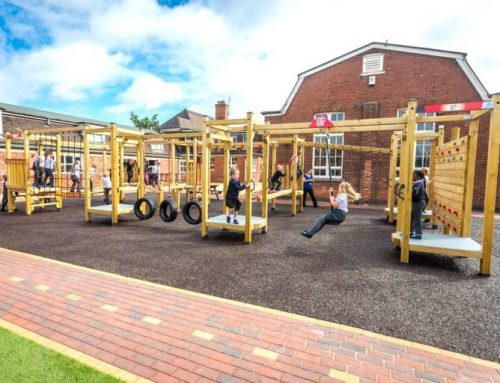

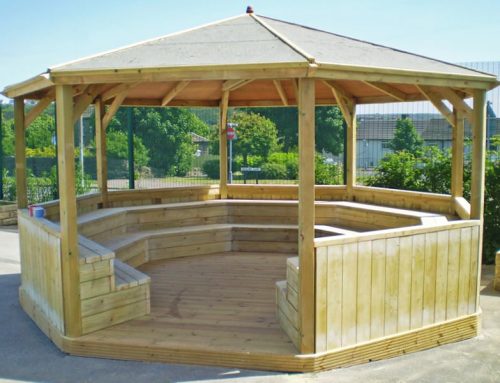
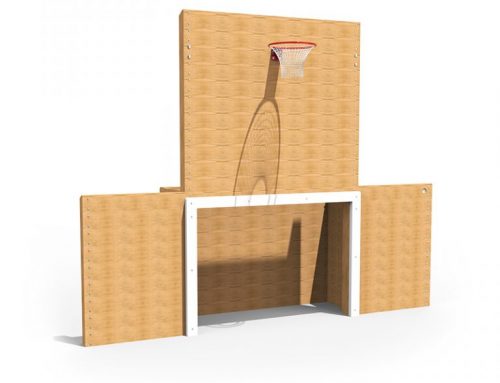
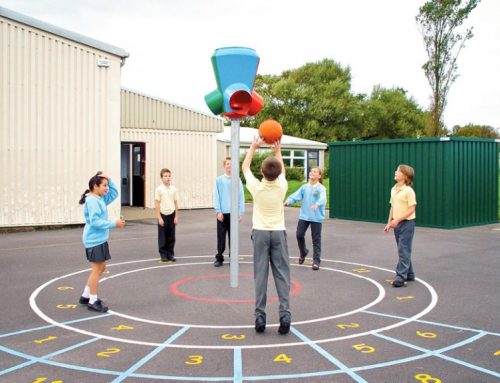
Leave A Comment